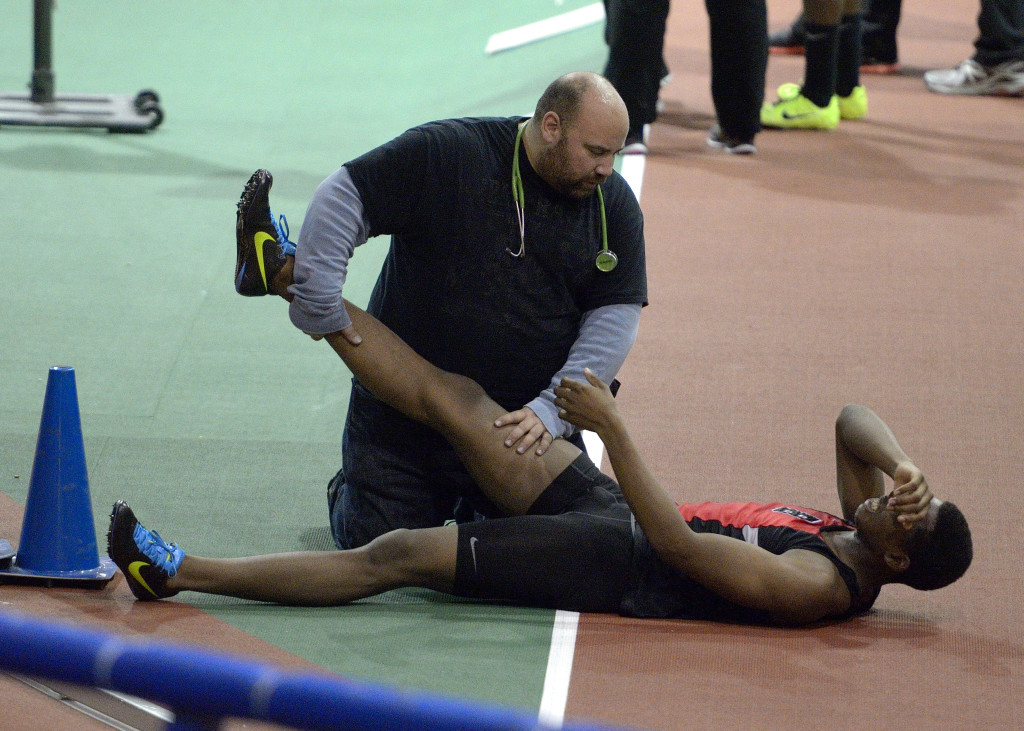 Athletes and fitness buffs would complain about muscle cramps from time to time. But even if you don’t live a physically active life, you can also be prone to this type of painful muscular condition.
Athletes and fitness buffs would complain about muscle cramps from time to time. But even if you don’t live a physically active life, you can also be prone to this type of painful muscular condition.
What Are Muscle Spasms?
Muscle spasms, also known as muscle cramps, occur when a muscle involuntary and forcibly contracts and cannot relax. They usually involve part or all of a muscle or a number of muscles in a group. The most common sites where muscle spasms occur are the thighs, arms,hands, calves, foot arches, abdomen, and at times, along the ribcage.
In general, muscle spasms differ in intensity from mild twitches to intense pain. The spastic muscle may feel harder than normal to the touch and may appear visibly distorted. It can also show visible signs of twitching. They can last from seconds to 15 minutes or longer and may recur several times before they completely go away.
Who Can ExperienceMuscle Spasms?
Anyone, regardless of age or sex and whether they live a sedentary or active life, can become prone to muscle spasms from time to time. There are also some persons whoexperience them regularly with any type of physical exertion, including suddenly standing up after hours of sitting in front of a computer or picking up a fallen object from the floor.
Various studies, however, show thatinfants, the elderly (people aged over 65), endurance athletes, individuals who overexert when they work out, and people who are ill are more prone to muscle spasms.
Common Causes of Muscle Spasms
The usual causes of muscle spasms include one or a combination of the following:
- Muscle fatigue
- Dehydration
- Inadequate stretching before any physical activity
- Working out under heated temperatures
- Electrolyte imbalances in calcium, magnesium, and potassium
Prevention and Treatment of Muscle Spasms
Trusted chiropractors and practitioners of Graston NYC say that if you experience a muscle spasm, you first have to stop performing the activity that triggered this attack. The next step is to gently stretch and massage the spasmodic muscle and hold it in a stretched position until the spasms stop. To get relief from pain, apply a cold pack to sore or tender muscles or a hot one to muscles that feel tense or tight.
If your muscle spasms are becoming too frequent, you can consider getting chiropractic care. Chiropractors can help alleviate the cause of muscle spasms and prevent them from recurring. Through chiropractic adjustment, chiropractors can locate and correct areas of the spine where there is nerve dysfunction. Once there is proper nerve function, you can achieve healthy muscular function throughout your body.















